Digital 52 3️⃣ - Pioneering positive impact and inclusion in coworking: Meet The Coven.
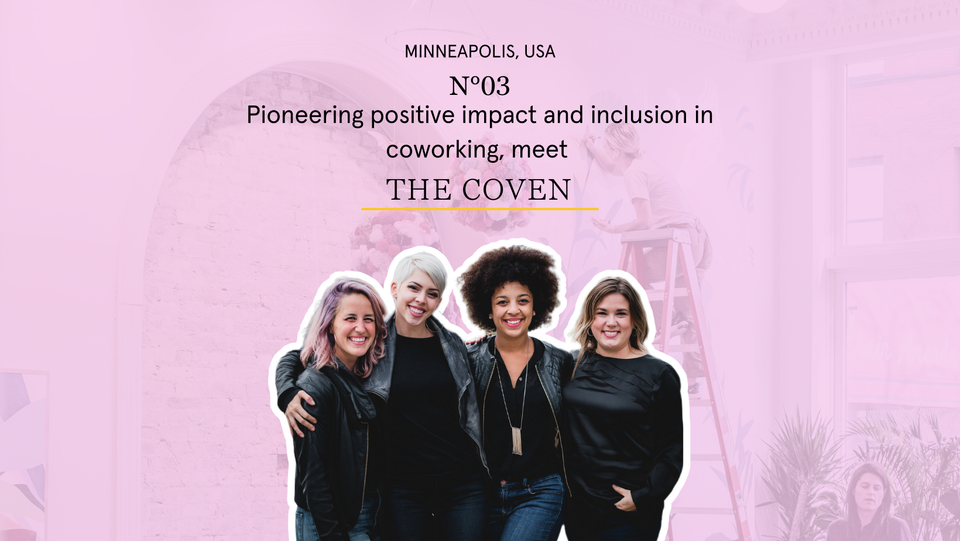
Made with People - Niche Communities
Read the story of The Coven on page 272 of "Around The World in 250 Coworking Spaces."
Coworking spaces all have different ways of impacting and supporting their local communities. When we first discovered the coworking brand you're about to learn about, we experienced a profound sense of joy.
Why? This is because they exemplify everything we've been trying to articulate about the positive impact of coworking on individuals and cities. Their spaces are the outcome of a deep understanding of their local ecosystems, and what works and what does not.
It's also the culmination of countless encounters and hours of genuine conversations with various local communities, exploring how one (and eventually two) physical spaces can support individuals and enrich both their professional and personal lives.
It demonstrates the profound impact a physical space can have, both in prosperous times and in challenging ones.
Without revealing too much, we hope this brief introduction has sufficiently whetted your appetite. Without further ado, let us delve into the fascinating story of The Coven.
➡️ A little refresher
Who's behind The Coven?
Alex West Steinman, Erinn Farrell, Bethany Iverson & Liz Giel, met during their previous careers in the advertising world. The quartet realized that the change they were aiming to see in their industry was still far from happening. Determined to make a difference at their level, they came up with the idea to “build a space that held community first.”

➡️ Key Figures
- Opening year of their first space: March 8th, 2018
- Size when they started: 1 location, 480 sqm (4,800 sqft)
- Size today: 2 locations
➡️ A little tour around The Coven
The Coven Saint Paul

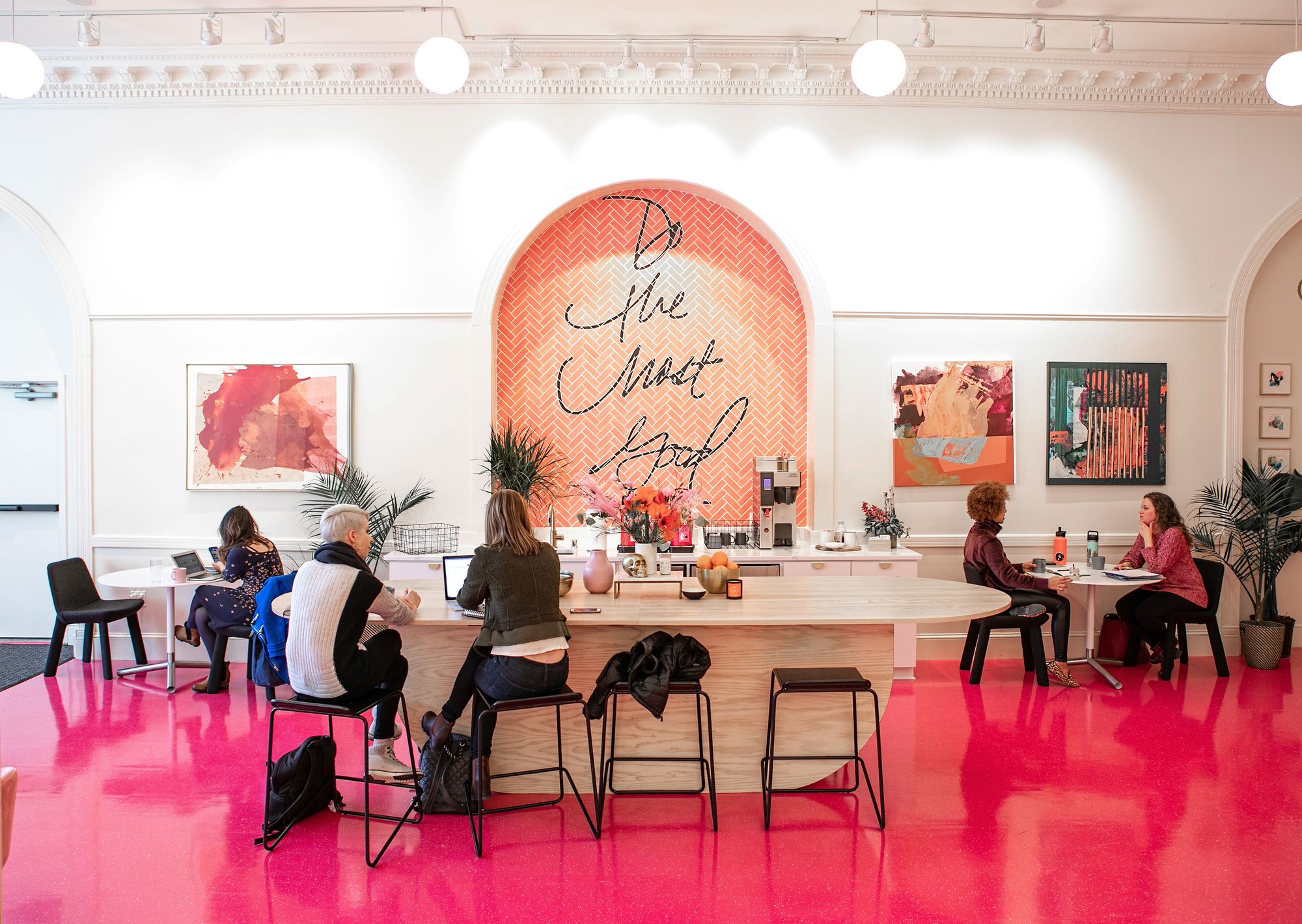
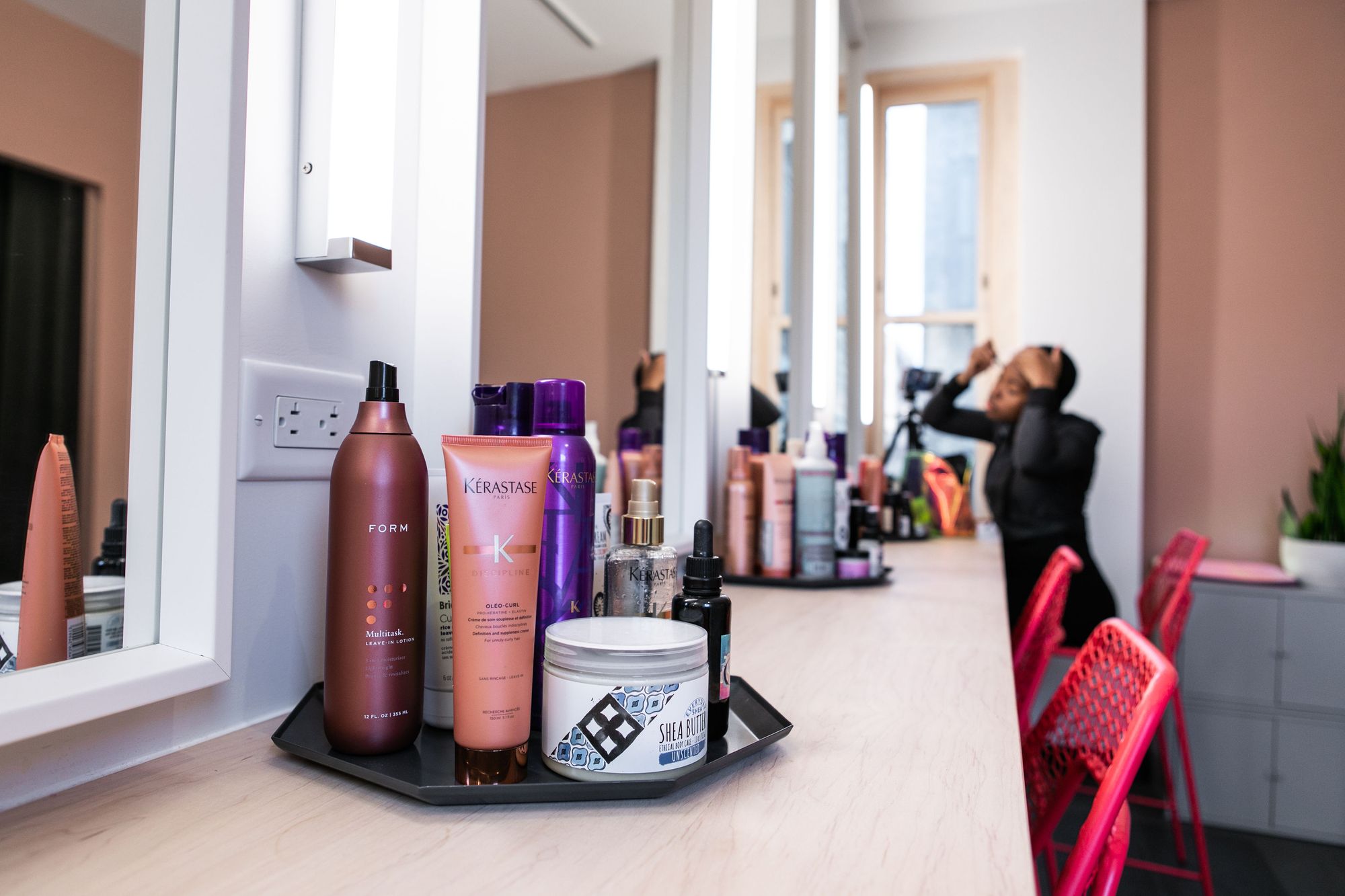
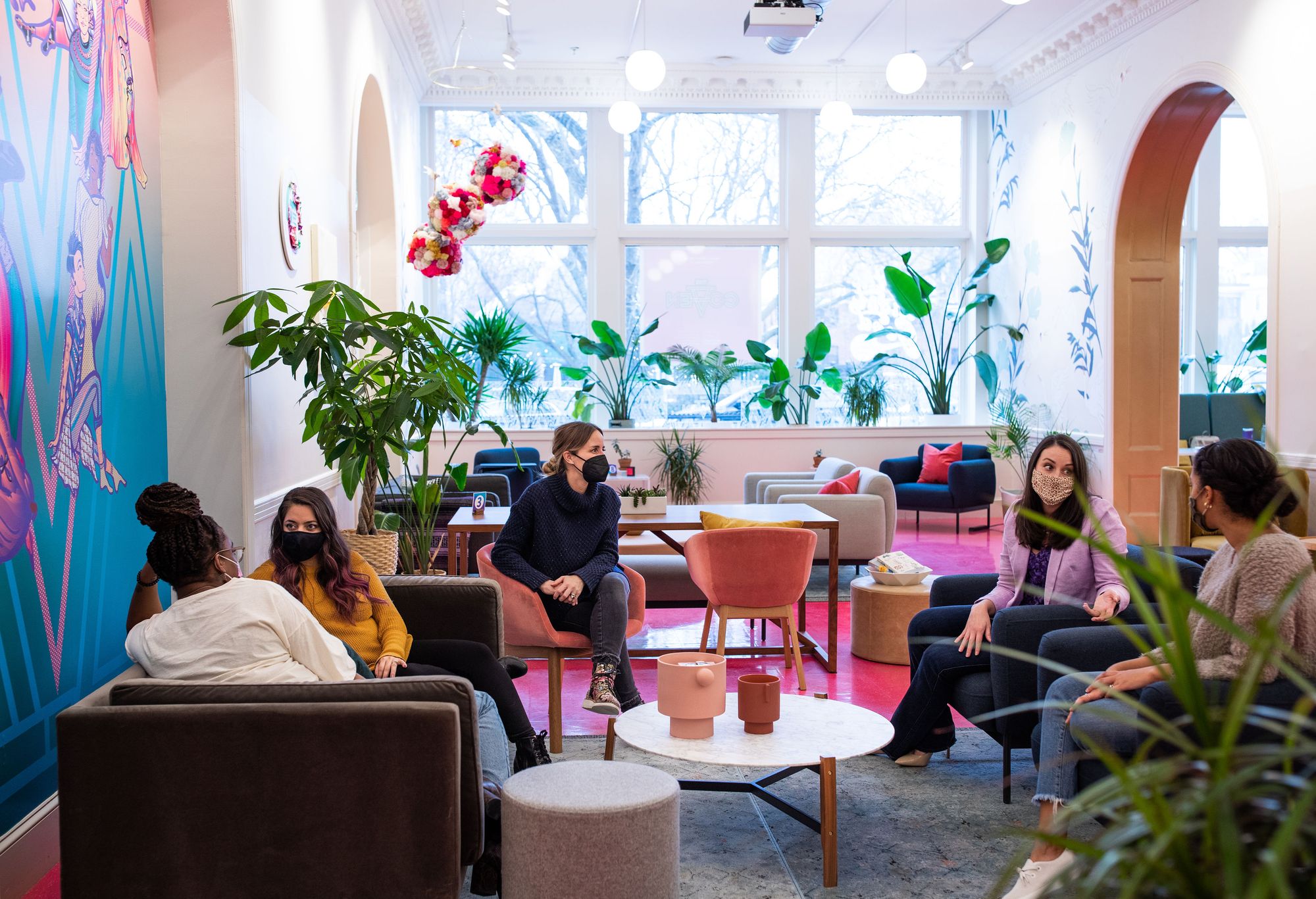
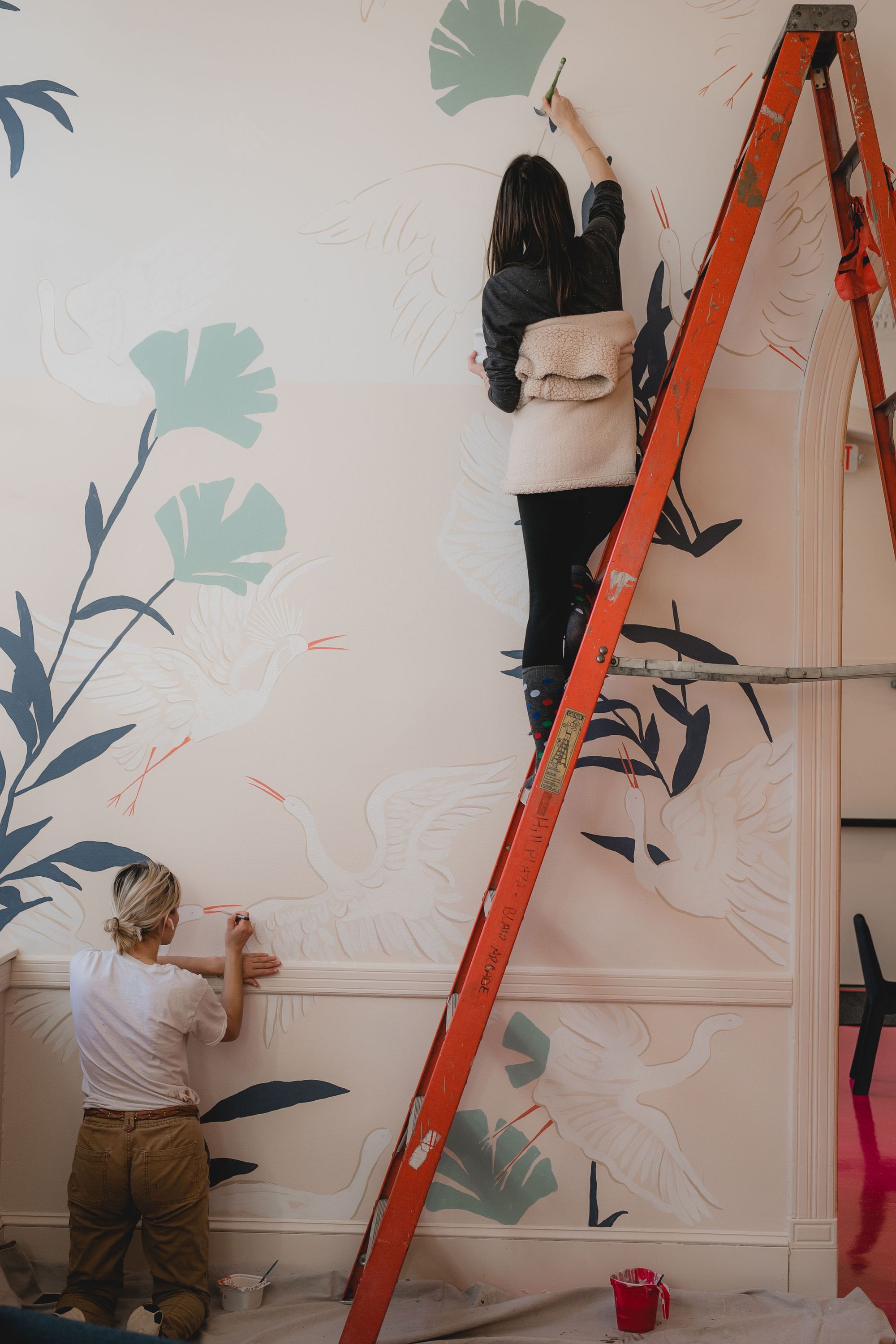
A sneak peek at The Coven Saint Paul - Courtesy Photos from The Coven
The Coven Minneapolis
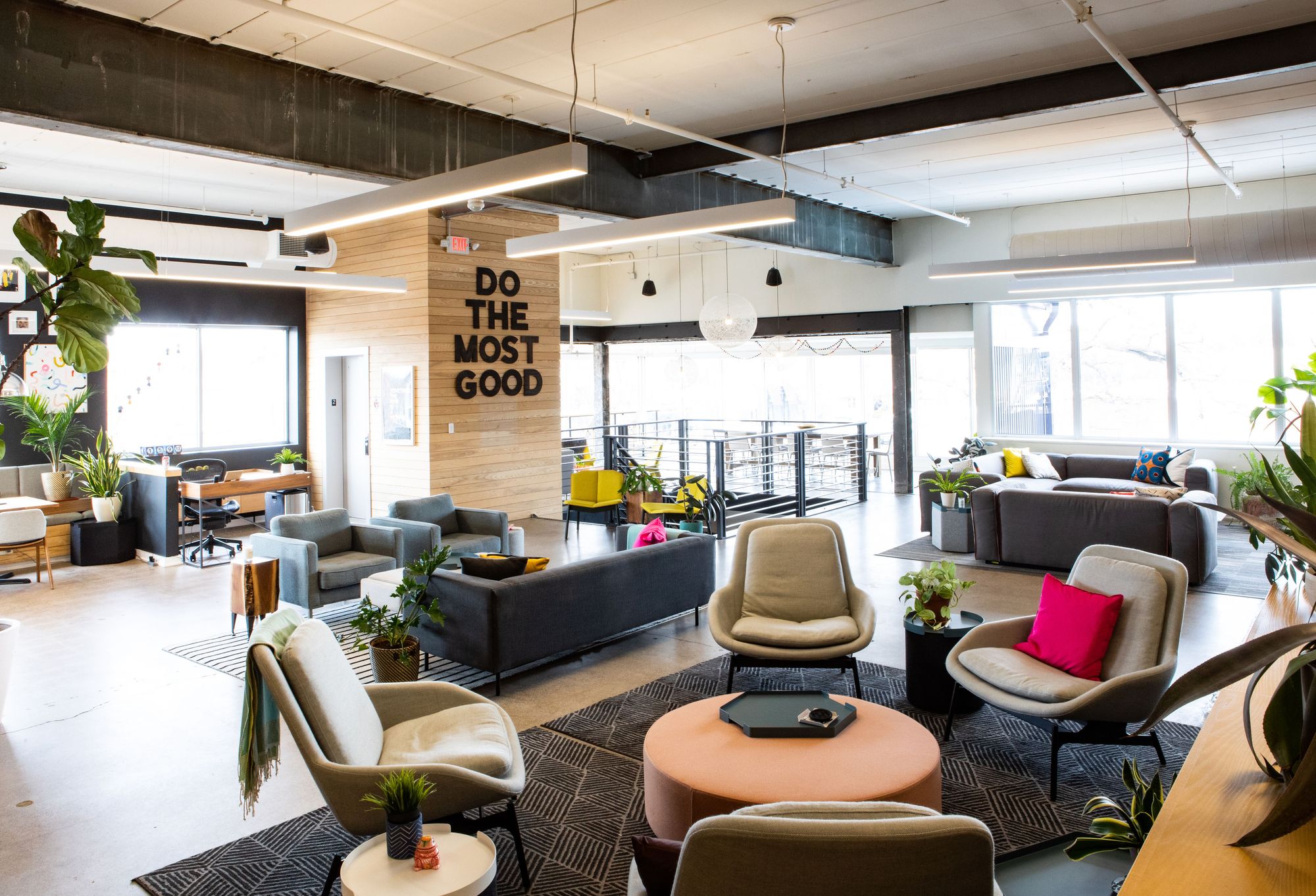
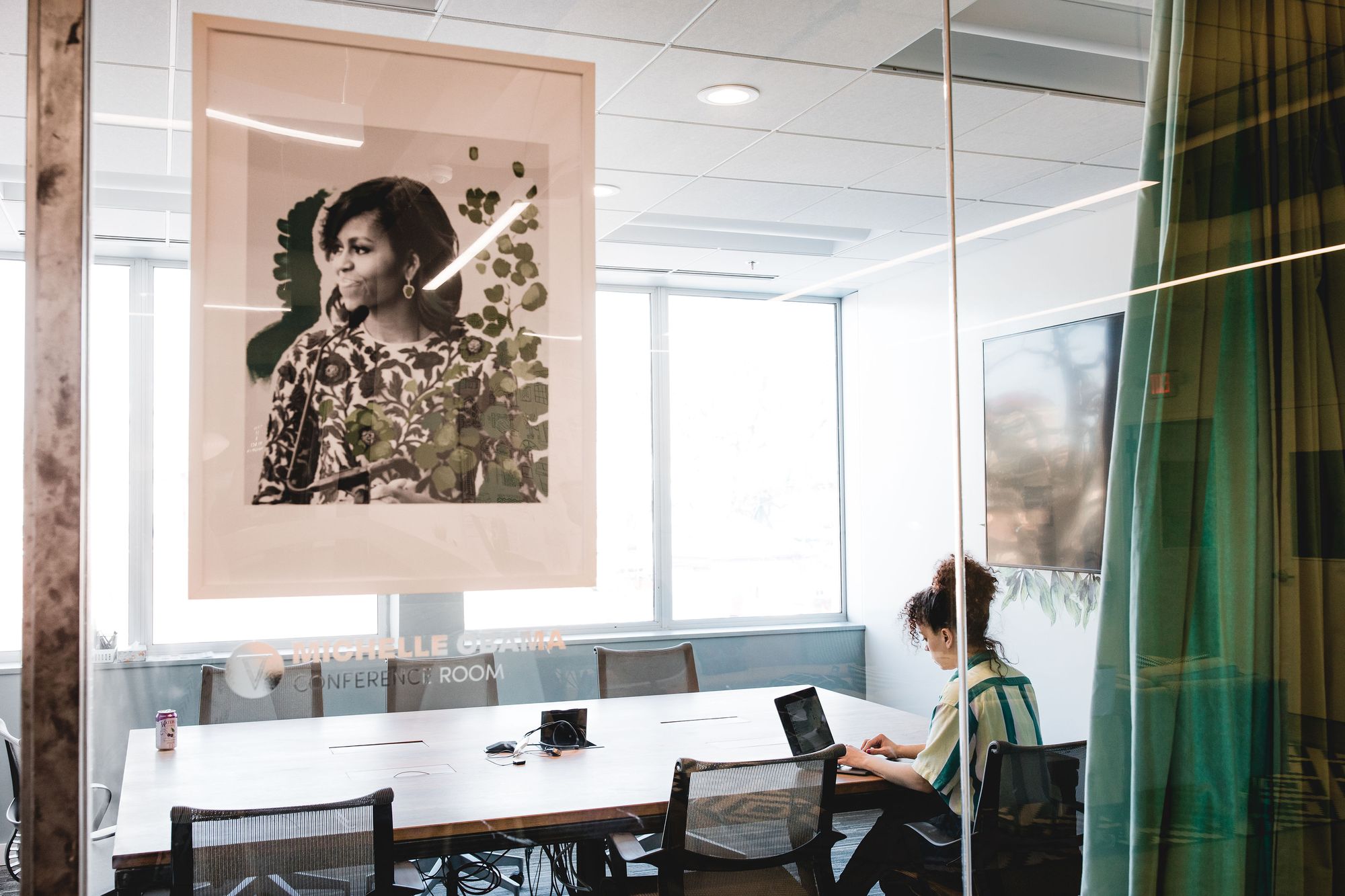
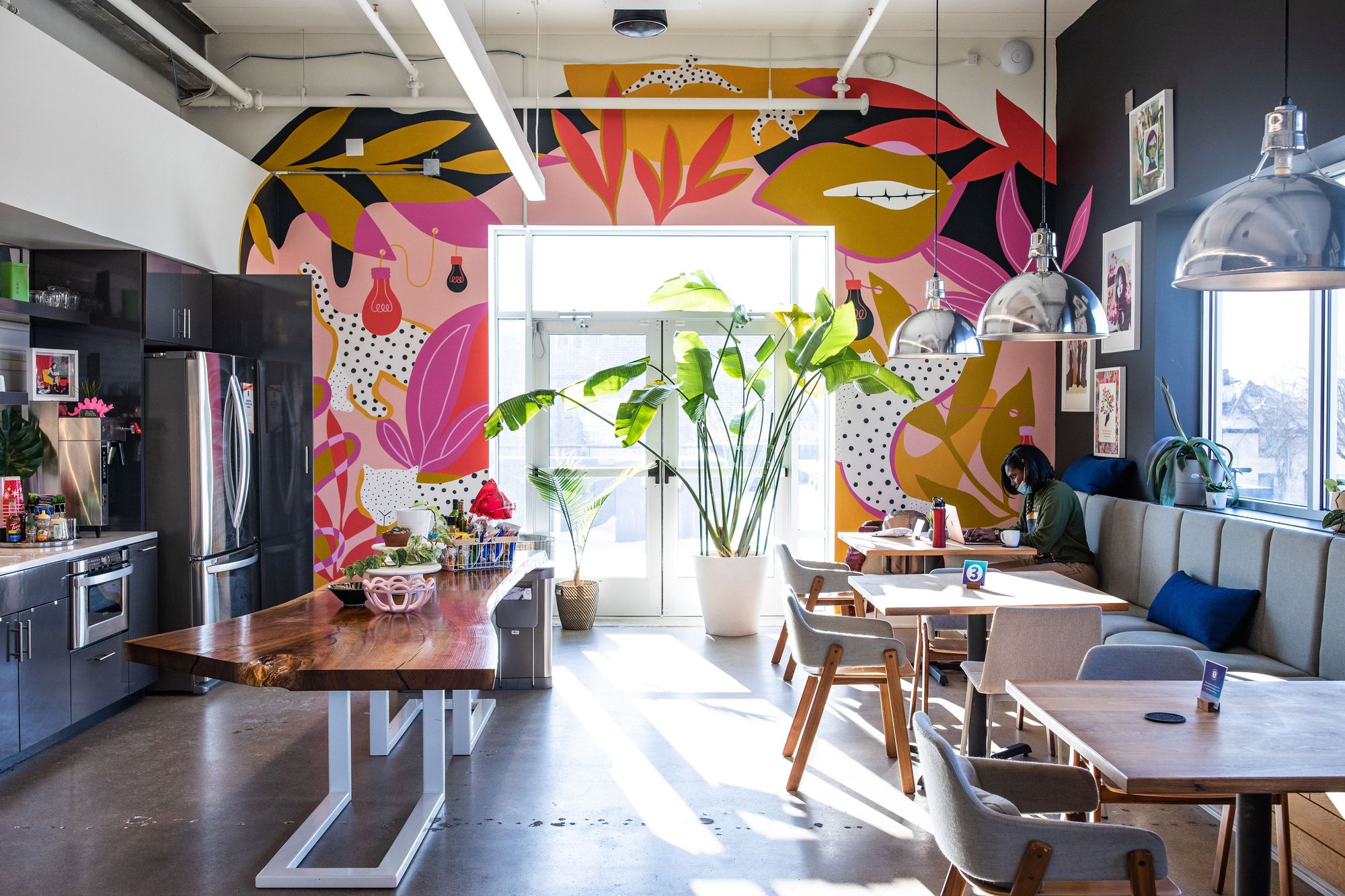

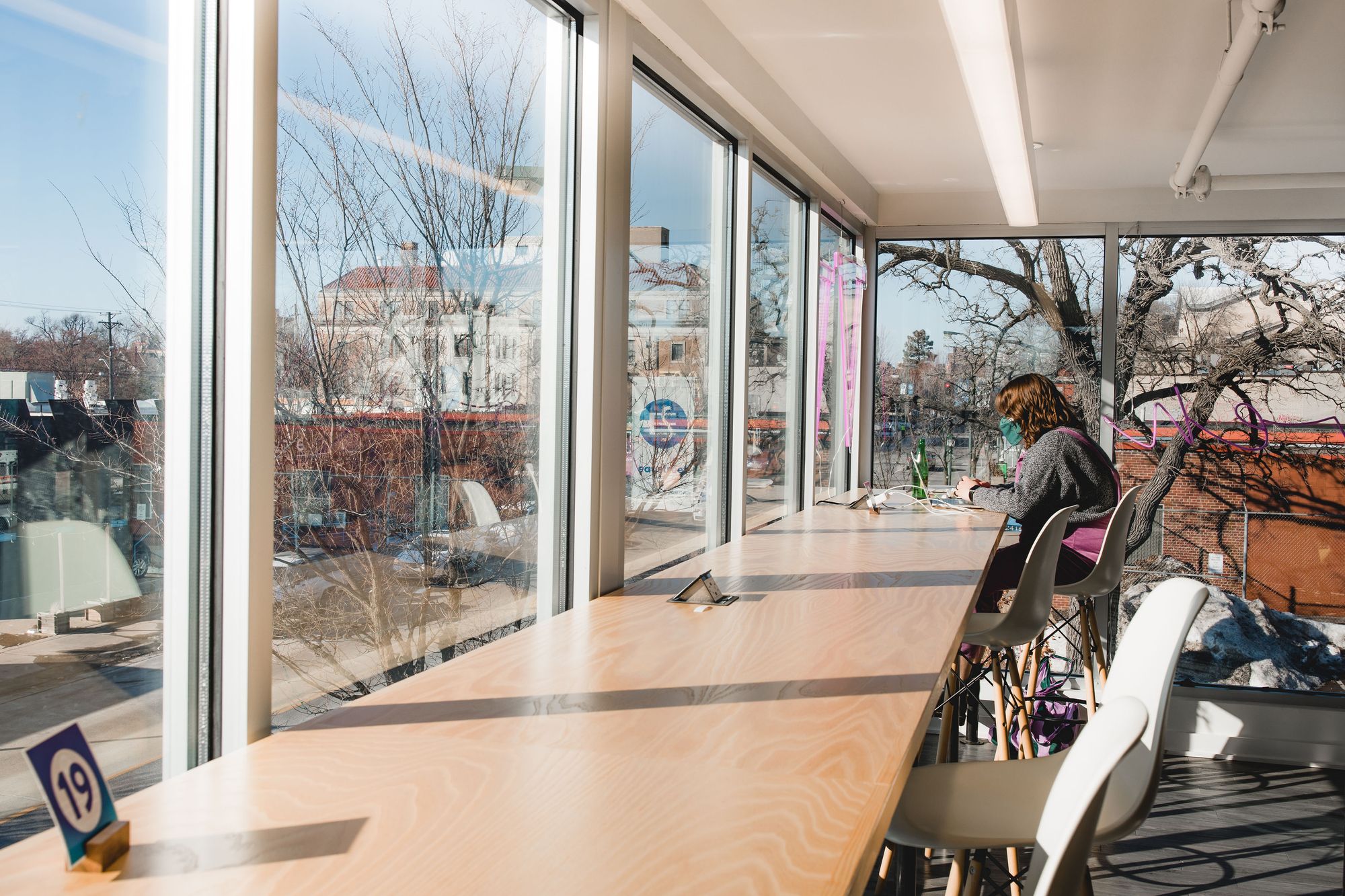

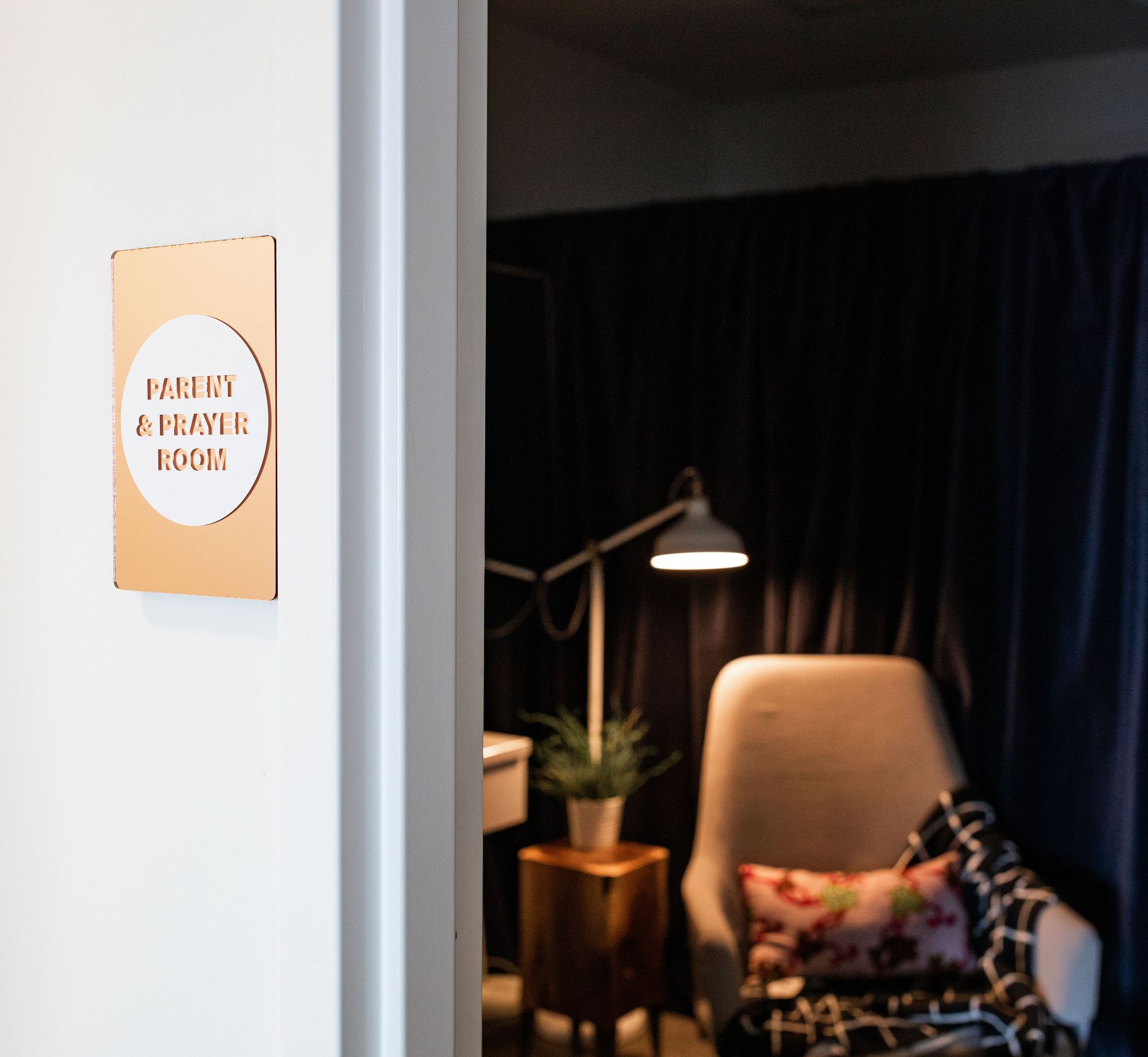
A sneak peek at The Coven Minneapolis - Courtesy Photos from The Coven
➡️ Behind-the-scenes
Things you didn't read in aw250cs
"We make sure the execution of the design is not coming from a singular perspective."
Erinn Farell, Co-Founder and Partner at The Coven.
➡️ The Coven Today
A follow-up interview with Erinn Farell, Co-Founder and Partner at The Coven.
In our follow-up conversation with Erinn, I was eager to learn about the changes since the release of 'Around The World in 250 Coworking Spaces'. During our virtual sit-down, we delved into how The Coven was navigating recovery and adapting to the new realities brought by COVID-19.
💫 Growing their impact in various ways
Continuing our interview, we looked back at the story we wrote together and a few questions popped up in my mind:
💬 When building a coworking space, location is often an important factor the founder iterates a lot on. In our initial conversation, you said something very interesting about the locations of your spaces: “Both locations were chosen due to their proximity to accessible and public transportation along with safe, lit, exteriors and public spaces.”
Why were those criteria particularly important for you and what would you recommend our audience to approach the topic of location for their own spaces?
That's such a great question. First of all, here in the US, and Minnesota in particular, we don't have the blessing of many European cities and other places in the world that have fantastic public transportation infrastructure. We mostly have buses and a light rail system, which is limited.
But the whole approach to accessibility from a location perspective came through this lens: if we, as The Coven, are committed to having a space where all different lived experiences are welcomed and celebrated, and we consider diversity, then we must also consider socio-economic diversity. Having a membership-based system can be a hurdle for some. They might not be able to afford membership.
So, inherently, this creates barriers. We tried to overcome this with our five-for-one model: for every five memberships we sell, we give one back to the community.
But beyond that, you also have to ensure folks can get to your places. It's important that they can easily reach the space without needing a car or personalized transportation.
When we consider that, our analysis of both of our locations has been:
- How close are we to bus lines?
- What is the walkability of other public transit options?
- Are there areas for bikes (because Minneapolis and Saint Paul, are very bikeable cities here in the U.S.)?
- Are there other ways that folks can get to the space other than driving?
And then with that, how safe are those kinds of transition spaces?
- If someone can take the bus, can they do so safely?
- Is it well-lit between the bus stop and the front doors of our location?
That's how we've analyzed and looked at public transit for ourselves, and then what does that mean for locations?
Frankly, it was more investment for us up front when we were opening these spaces because oftentimes we could find much cheaper real estate in other neighborhoods that were maybe a little farther out and people could drive to them.
But as soon as we started recognizing the barriers for folks to get there, it meant that someone was not going to come to our spaces if it took them an hour and a half on a bus and three transitions. But if someone could get there in 30 minutes or less, and they only have a one or two-block walk and it's safe and well-lit, that feels like a winner.
💬 In our initial interview, you said and I quote: “We are unapologetic in centering the experiences of women, non-binary and trans folx in our design - which means everything from the scale of our furniture to the art on our walls, the books on our shelves, and the tenor of our programming is designed with those folx in mind.” - what does that concretely mean?
The Coven is open for all gender expressions, and we have members ranging from white, cis-gendered females to every other kind of color and expression in between. For us, centering these diverse experiences means considering how the world has traditionally been designed with a predominant reading or culture in mind, which, let's be honest, is often that of white men.
So, when it comes to aspects like interior design, we take into account different needs and perspectives. For instance, we think about the scale of the furniture, keeping in mind that women, on average, are shorter than men.
I don't know about you, but for me, how many times have I sat in an office chair where my feet were dangling or I was at a table that felt too high? Frankly, they were just uncomfortable.
We look for things that are much more residential. Couches and dining chairs that are lower to the ground help folks feel the scale of the furniture. We've thought a lot about this, especially from a size-inclusivity perspective. Listening to the plus-sized community, both within our staff and more broadly, has been enlightening. Comments like, “Hey, this space could be beautiful, but if I walk around and don't see a chair I feel comfortable in, then it's worthless to me,” are incredibly valuable.
Thinking about the seating options throughout the space:
- Do we have a lot of banquette spaces?
- Do we have chairs that don't have arms on the sides?
These are all such obvious choices once you're aware of them, but to become aware, you have to engage with the community.
When it comes to other elements in the space, like art or books, we think about them in terms of, 'What are those other kinds of elements that can enrich the experience?' It's not just about being in a community, but about being in relationships with a variety of folks from diverse backgrounds.
"We make sure the execution of the design is not coming from a singular perspective."
The entirety of all the art across our locations is by women, non-binary, and trans artists. And again, we prioritize BIPOC individuals within that group, ensuring we're including as many perspectives in the space as possible. This is vital because so many of us show up in other areas of our lives where we don't feel seen, cared for, or remembered.
All the details are really important. They contribute significantly to the overall experience, influencing how people perceive and utilize the space.
💬 COVID-19 entered our lives more than a year ago now. During our first chat, you said that during the pandemic: “We found new - oftentimes surprising - ways to connect to the community and remain a valuable resource for our local economy.” - Can you tell us what those new ways are and, are you still connecting in this way or did things shifted back to the physical space?
We learned so much during the pandemic in terms of accessibility when it came to our event execution. How many folks were left out because of the timing of the event or because they just weren't able to be there?
Now, we're doing a lot of our programming digital-first, recording everything, and then cataloging everything. This means we have a series of insights that folks can tap into whenever they want, and however they want to. This has been a huge shift for us, and it's been quite phenomenal. Honestly, it has helped extend the life of that programming. If somebody joins this week, it's not like they've missed this whole year of beautiful programming. They can go back and connect with it at any time. We are continuing to do that. I imagine we'll do that forever.
And we've been evolving that a bit deeper. We've been developing an app experience (web-based) that incorporates all of the insights we've learned from our programming. This allows anyone to become a member of The Coven and tap into all of those insights. This is how we're developing this new experience. We think it's fantastic because again, we're hearing from the presenters themselves who come from a deep variety of backgrounds. They're a lot closer to the work of entrepreneurs and small business owners.
Oftentimes, it's great to watch a masterclass from someone like Serena Williams. But, is she going to teach me how to be a better tennis player? No. It's cool to hear from someone of her level of expertise, but we think about translating that into the business sense. Can I hear from someone who is literally in the same position I am, or maybe was there three years ago, and can offer specific insight about how to navigate this particular period, the pandemic, and so on?
That's how we're building our digital experience. It's a long answer to your short question, but essentially, on the digital side of things, we are doubling down. There are a lot of really beautiful things that we've learned from that. And it's also given us an opportunity, outside of membership time, to make those in-person experiences much more intentional, and a lot more celebratory, which has been a nice shift.
It doesn't just feel like we're putting on another class over and over again. It's really about setting aside this special time with a particular group of members or people to dig deep into something together.

➡️ Reflections on Building The Coven
💬 What has been your biggest learning out of bringing to life and growing The Coven?
Oh boy! I think the biggest learning has been that you don't always have to have it all figured out, and part of the growth of the business is you figuring it out along the way. One of the things that the pandemic provided, emotionally for us as entrepreneurs, was to relieve us a bit of the imposter syndrome.
It's so easy to assume that someone else has got it figured out and that you're just not quite smart enough to have gotten it yet, or that there is a right answer out there somewhere, and you just haven't quite figured it out yet. What the pandemic allowed us to see was that no one knows what the hell is going on. No one has the answer. No one knows exactly when this thing is going to end, how to plan for it, or whatever it is. We were all riding the wave together. And what that allowed us to do is say we can trust our gut in this; we can try a direction, we can learn from something, or we can do something different, and it doesn't make it wrong or right. We're navigating it together.
The biggest thing that I've constantly learned, or have to reteach myself, is that the growth of the business is also tied to us figuring it out and not knowing things, learning what the next step is going to be. There isn't a predestined, perfect path for the growth of our business, or the right next steps. It's not just an exercise of us figuring things out. We're defining it every day.
💬 What would be your best advice or biggest advice to someone who's thinking about opening a collaborative workspace or a coworking space of any shape?
My biggest advice would be to figure out early on how you can prototype the experience before investing in a big buildout. This is important because, anytime we talk about coworking, there's going to be a huge amount of investment that goes into a physical space. So, think about the ways to, frankly, cheaply figure out if your idea works. Do you have an audience that wants this? What is going to be your niche, or what's going to set you apart?
For us, what that meant is we took five or so months of interviewing a lot of people that we thought would be our target, learning from them, and getting a sense of what the space might look like, or what it might feel like. Then, our prototype was to host the type of programming that we knew would be a part of The Coven and invite people into that. It was a great way for folks to start to get to know each other and to get a sense of what the programming might feel like.
In retrospect, if we were to take it a step further, I would have said, “Oh, I wonder if we could sign a three-month pop-up experience, much smaller, but give people a chance to come in and again experience what it might feel like.”
If there are ways to be able to prototype that out before making any big investment, both personally and professionally, building out a space is a great way to start. Test your hypotheses, refine them, figure out what works, and then you also get to build in an audience of folks who are excited and interested and understand what you're trying to build. Those are naturally going to be the first people that might convert to membership and that might help open it up.
💬 If you could chat with coworking operators now, what would you like to ask them?
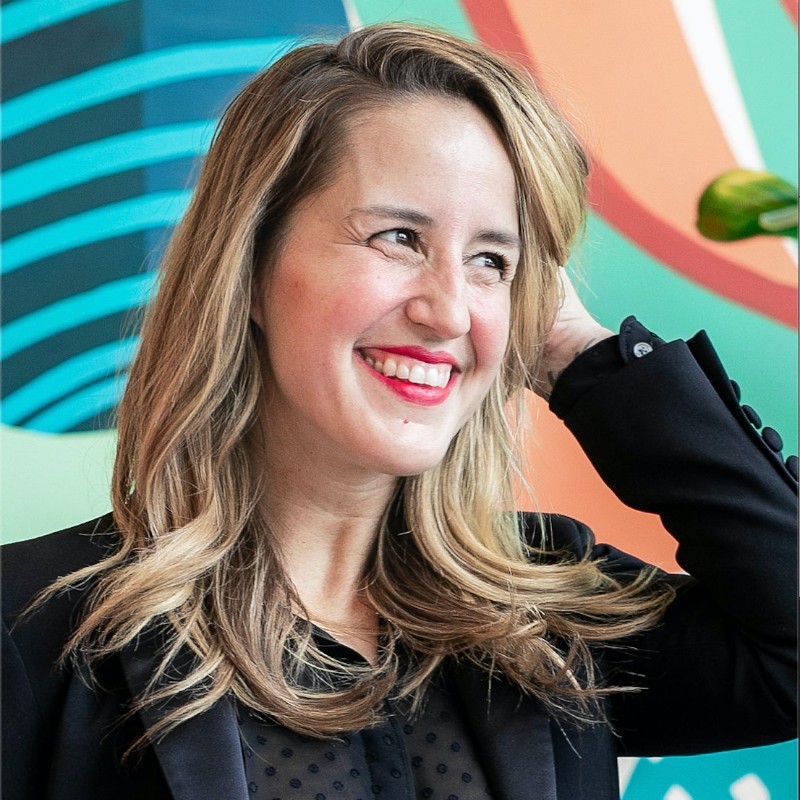
If you wish to reply to The Coven's question, share your answers in the comment!
💬 Last but not least, what's your biggest dream for The Coven?
We still love the idea of being able to show up for communities that are often overlooked and have been historically marginalized. So for us in the United States, when we think about physical expansion, we consider what has been called flyover or tier two cities — not LA, not New York. What's in the middle of the country and what's happening there?
What I hope for The Coven is that we can have a presence in those cities and help apply the lessons that we've learned here in the Twin Cities in Minnesota to some of these other cities. Again, working on the ground for what the communities need.
Beyond just the success of our business, I hope that at a macro level, we, as a leadership team — there are four of us co-founders — can be a great example of how collective leadership can be successful. I hope that The Coven, as both a for-profit with a deep social mission and as an organization, can be an example of how companies can be deeply mission and values-driven. We aim to show up in a way that matters and be fiscally successful as well.
See you next week for Digital 52 4️⃣!
And if you missed Digital 52 1️⃣ and 2️⃣, check them out below.

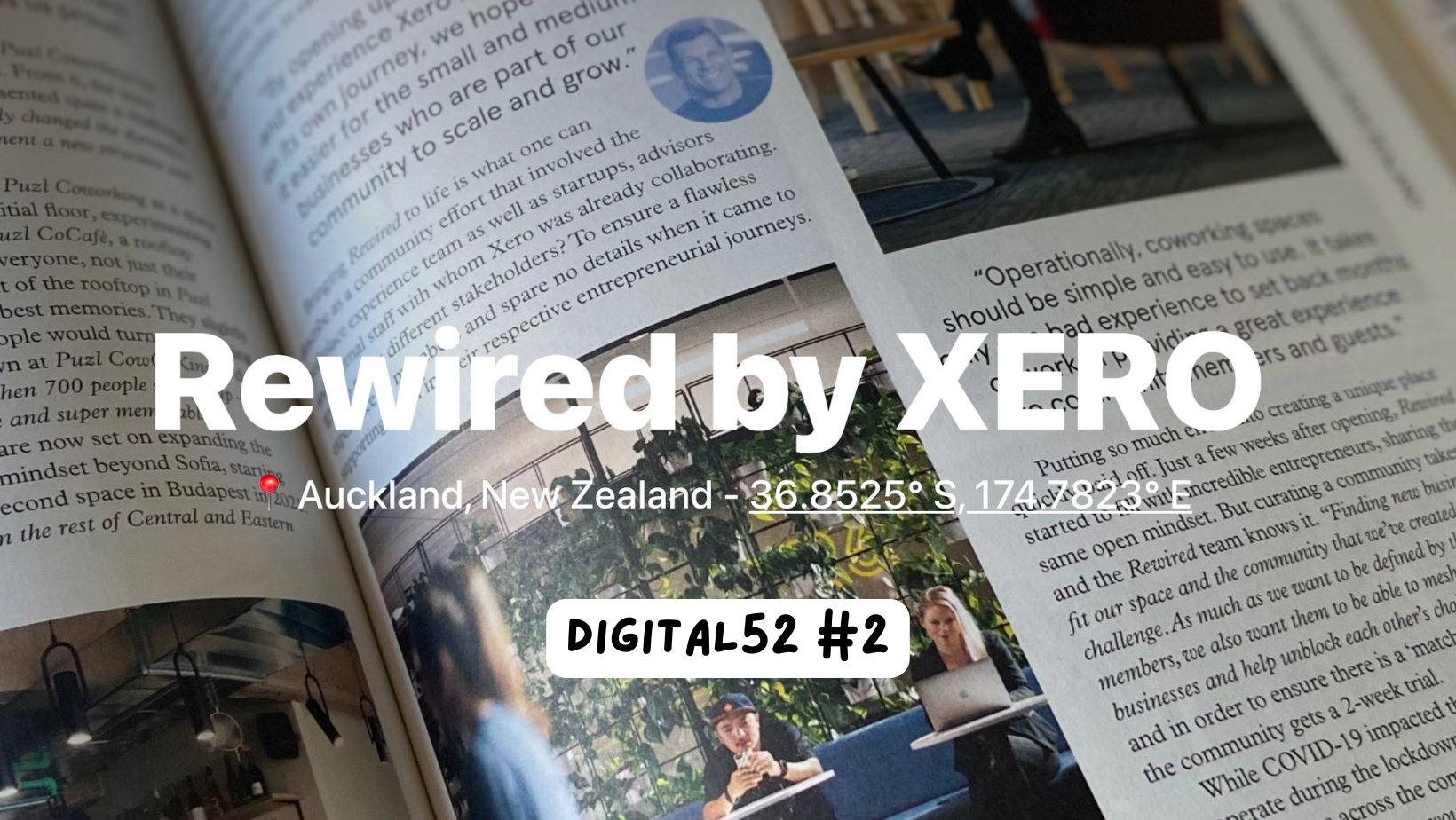

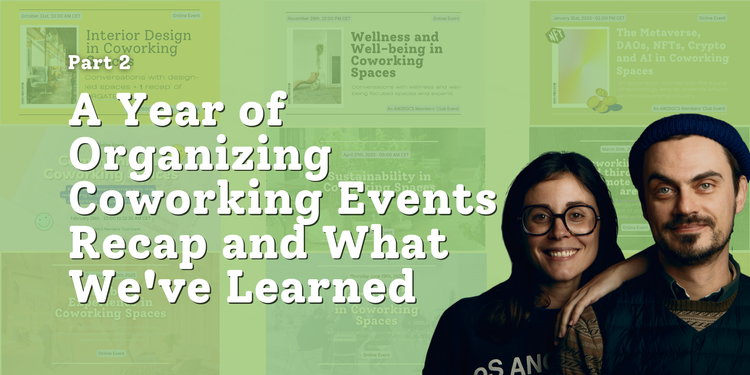




Member discussion